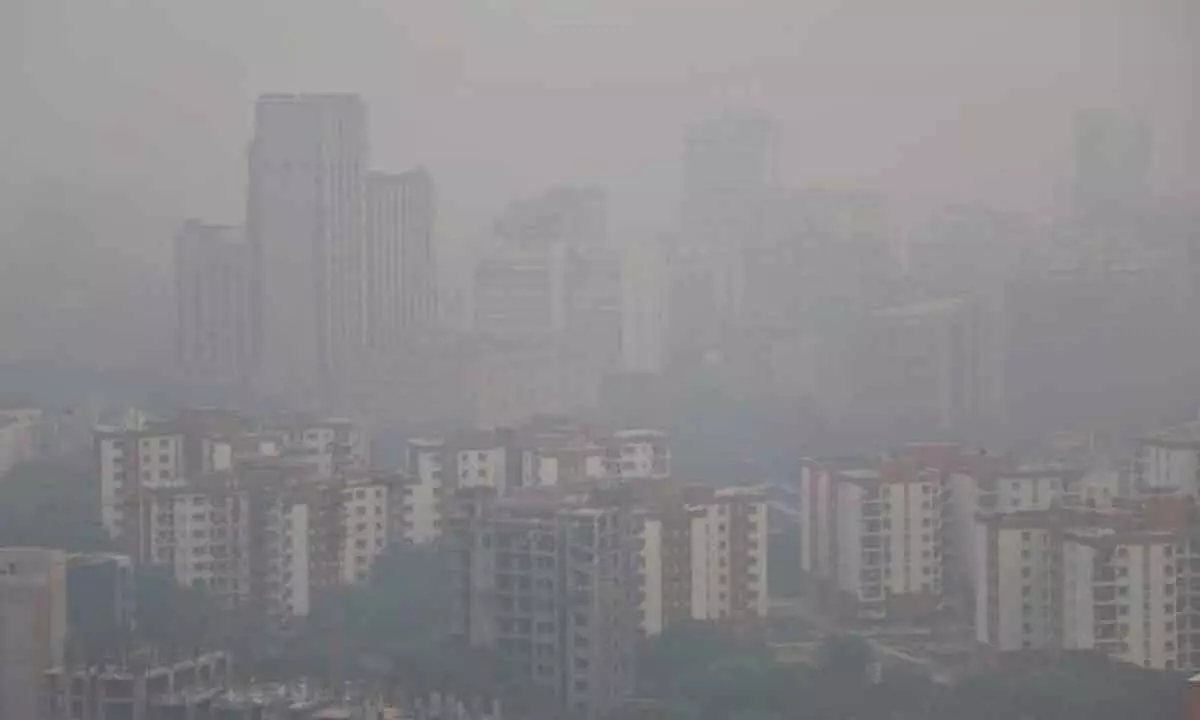Politicians must join hands to combat the deadly smog
image for illustrative purpose

Electric ride-sharing firm BluSmart co-founder and CEO Anmol Singh Jaggi spoke for millions of people in north India when he said “This Diwali, the only gift that matters is to be able to breathe clean air.” This is the tragedy of contemporary India, where despite lofty promises, politicians of every hue are inept at providing something as simple as clean air. In Delhi-NCR and many other parts of north India, millions of people are suffering from coughs, colds, watery and irritated eyes, headaches and breathlessness due to the deadly smog that is caused by stubble burning in Punjab, Haryana and some other states. Those apart, a number of other preventable factors have led to a surge in the air quality index (AQI). Delhi becoming a gas chamber in November was on the cards if one goes by the University of Chicago’s Air Quality Life Index (AQLI) report for 2023, which revealed that air pollution reduces the lives of people of Delhi by about 11.9 years. Not long before that, Switzerland-based IQAir’s world air quality report had ranked Delhi and Bhiwadi fourth in the list of worlds’ 50 most polluted cities in 2022. In fact, six Indian cities figured in the top 10 most polluted cities.
The losses are not limited to human health only. Way back in 2019, the US-based International Food Policy Research Institute (IFPRI), and partner institutes, estimated that stubble burning resulted in damages to the tune of $30 billion annually. The impact of November smog on tourism should also be estimated, for this is a busy month for the sector. It is not just about the present conditions being unbearable; the ill-effects are likely to spill over to the future. High AQI reportedly reduces the reserve capacity of lungs, thus making children susceptible to asthma and upper respiratory allergies in the near future. What is disheartening is that India has failed miserably to address the grave issue of early winter air pollution, although the phenomenon is quite predictable. It’s not a black swan like Covid-19 that hit the world like a bolt from the blue. Delhi smog in November, on the contrary, is a grey rhino—a highly probable but still neglected threat or event.
Everyone knows about the factors contributing to the deadly smog, and yet no one is willing to address it earnestly. No one from the political class can do that. Rather than seriously tackling the problem, they are busy hurling allegations at one other; fallout of the deplorable blame-game, so to say. They have made us, to use another expression from the animal world, sitting ducks. Every year, the Supreme Court and the National Green Tribunal pull up state governments and this year it was no different. Sickened by political undertones in their averment, the apex court on November 9 said, “There cannot be a political battle every time.” It also ordered Punjab, Haryana, Uttar Pradesh and Rajasthan governments to stop crop residue burning ‘forthwith’. Instead of taking potshots at each other, it is time politicians of all parties join hands and come up with real solutions to put an end to the menace of smog, once and for all.

